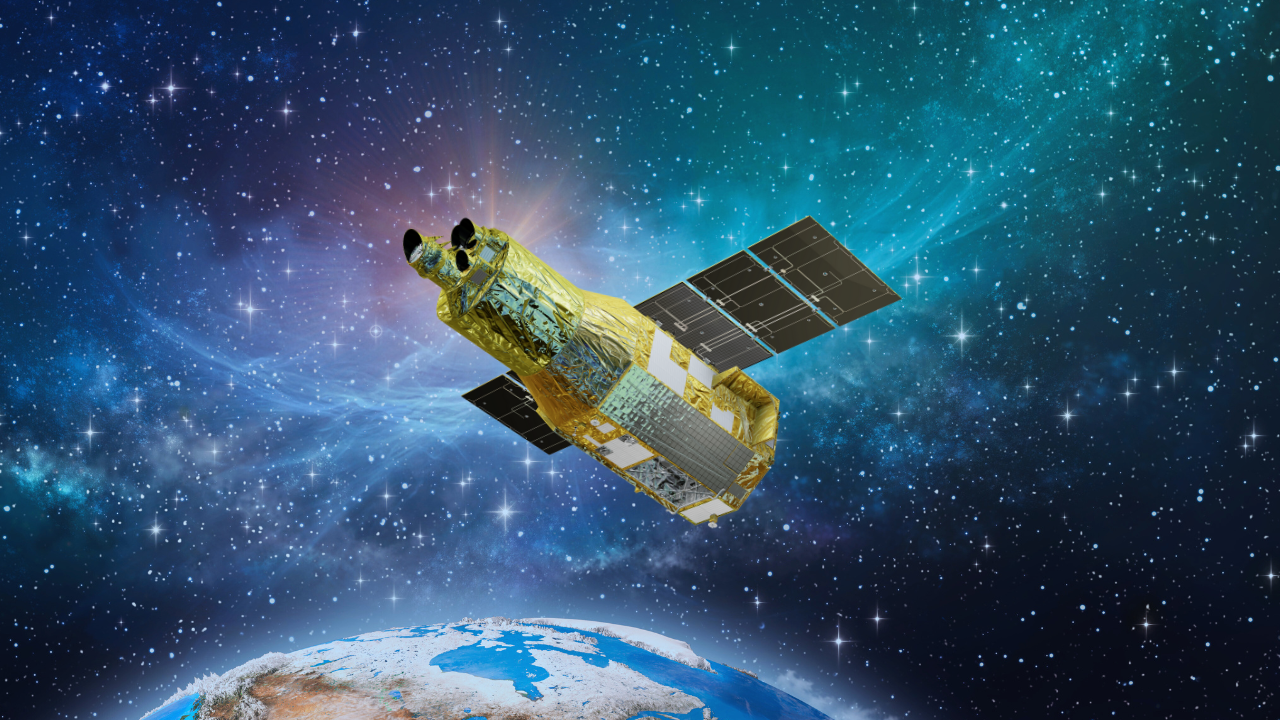The X-ray Imaging and Spectroscopy Mission (XRISM) has measured the amount and state of sulfur in the Milky Way’s interstellar medium with unprecedented precision. Using its high-resolution Resolve spectrometer, XRISM analyzed X-ray absorption from bright X-ray binaries GX 340+0 and 4U 1630–472, detecting both gaseous and solid sulfur along the same lines of sight.

Image credit: DSS/DECaPS/eRosita/NASA’s Goddard Space Flight Center
The results show that about 40 percent of sulfur in the GX 340+0 direction is locked into solid dust grains rather than floating freely in gas. The spectral signatures match those expected from iron sulfides such as FeS, providing the first direct evidence identifying the hiding place of the Galaxy’s long-mysterious “missing sulfur.”
Sulfur is vital for life on Earth—found in amino acids and vitamins—but its whereabouts in space have long puzzled astronomers. XRISM’s breakthrough demonstrates the power of X-ray spectroscopy to trace how key elements are stored and recycled in interstellar matter, advancing our understanding of the chemical evolution of the Galaxy.
(Published in the XRISM special issue of the Publications of the Astronomical Society of Japan, 2024.)
Paper Information
Journal: Publications of the Astronomical Society of Japan
Title: XRISM insights for interstellar sulfur
Authors: Lía Corrales , Elisa Costantini , Sascha Zeegers , Liyi Gu , Hiromitsu Takahashi , David L Moutard , Megumi Shidatsu , Jon M Miller , Misaki Mizumoto , Randall K Smith , Ralf Ballhausen , Priyanka Chakraborty , María Díaz Trigo , Renee M Ludlam , Takao Nakagawa , Ioanna Psaradaki , Shinya Yamada , Caroline A Kilbourne
DOI: https://doi.org/10.1093/pasj/psaf068
URL: https://academic.oup.com/pasj/article/77/Supplement_1/S107/8176460




